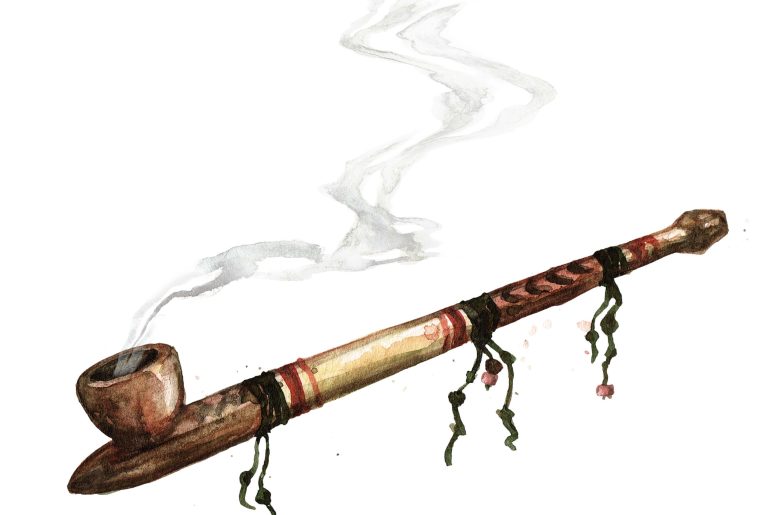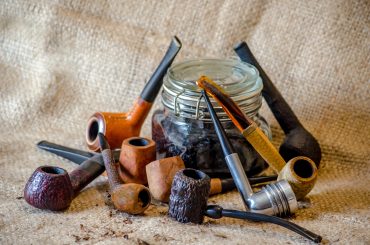Smoking pipes have a long history. Early humans liked to light up a pipe. Ancient civilizations linked their own traditions to smoking pipes. But long before the West knew about tobacco, they wanted to smoke herbs and other substances. Whether people smoked pipes for religious ceremonies, forging bonds, or to relax, pipes have formed a part of their lives.
The tobacco journey from the New World to Europe is fascinating and complex. Pipe smoking has a rich and varied history. There’s the betrayal of the local population’s trust by Europeans. European kings denounced people for indulging in the decadence of smoking tobacco… But, the tobacco pipe remained a popular way of smoking tobacco.
But smoking a pipe is one of the oldest forms known to man. So, come along on a historic journey crisscrossing the globe.
Pipes Before Contact with the New World
Smoking pipes are less widespread in Europe (and the rest of the Western continent) compared to ancient cultures such as those in the Americas. Pipe smoking boasts an extensive and diverse past that stretches back to the earliest human societies. The earliest indications of this practice can be traced back to around 6,000 BC, in what we now recognize as modern-day Syria.
Tobacco and other psychoactive substances were smoked across the Americas as early as 5,000 BCE in shamanistic rituals originating in the Ecuadorian and Peruvian Andes mountains. In Europe and the ancient middle east, it seems that smoking was more a deliberate act of inhaling the vapors from incense.
Delving into the tombs of ancient Egyptians, a civilization dating back to 2000 BC, we stumble upon the intriguing presence of pipes. These pipes served as vessels for indulging in various substances, ranging from herbs to cannabis and even opium.
Pipes in the New World
Before Columbus made contact with the native tribes of the Americas in 1492, they had an established culture of smoking tobacco (and other substances) in pipes. The Maya, Aztecs, and Incas are three of the most important societies from ancient Mesoamerica. The timelines of these societies span from ancient eras to only a few hundred years back.
The inception of Mayan civilization can be traced to 2000 B.C.E., flourishing particularly during the Classic period, which spanned approximately 300 to 900 C.E. The Aztecs and Incas established their empires in the two centuries leading up to the arrival of the Spanish in the 1500s.
Maya
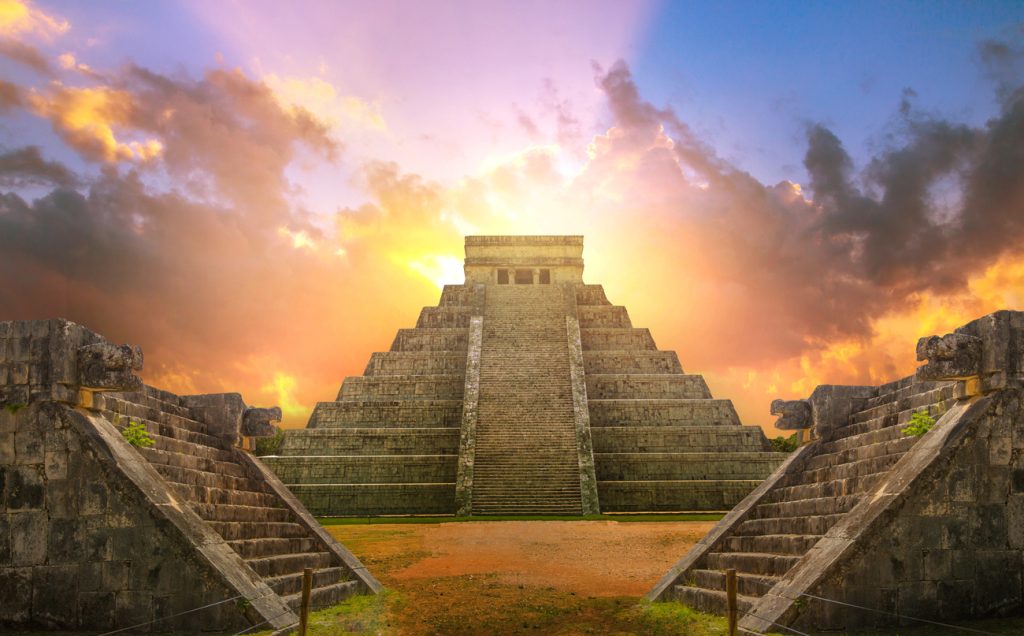
The Maya were an ancient Mesoamerican civilization that smoked pipes for ceremonial and medicinal purposes. They believed tobacco smoke could heal the sick and allow you to communicate with the gods. Maya pipes were often made of clay or stone and often decorated with images of gods and animals.
Approximately 18,000 years ago, humans initiated tobacco usage, a fact backed by scientific consensus. The Mayans, around 5,000 years ago, likely pioneered its cultivation. Intriguing stone carvings depicting two possible Mayan deities smoking cigar-like objects shed light on their early smoking practices.
While some experts hesitate to definitively label these artifacts as cigars, using terms like “cigars or crude pipes,” “cigarettes,” or “pipes,” the essence remains constant. The Nicotiana genus includes 64 species, but only rustica and tobacum are utilized for smoking. Finding these suitable species likely involved extensive experimentation, exploring a range of substances for smoking or consumption.
In Mayan culture, tobacco was vital in religious offerings to the gods. This entailed using tobacco as incense on altars and blowing it during worship. The potency of tobacco then exceeded contemporary versions. However, given the vivid experiences of priests during rituals depicted in carvings, speculation arises about alternate species for ceremonies. As tobacco belongs to the nightshade family, the prospect exists that early Central Americans might have employed distinct species for religious practices, or they mixed the tobacco with other hallucinogenic substances.
Aztecs
The Aztecs were another ancient Mesoamerican civilization that smoked pipes. They used pipes to smoke tobacco and other substances such as peyote and psilocybin mushrooms. Aztec pipes were often made of clay or stone and often decorated with images of gods and warriors.
Among the Aztecs, tobacco was known as yetl. They revered it, deeming it a sacred plant intended for their gods’ delight and attributing it to its seemingly magical properties. Their methods involved rolling leaves into cylindrical forms, akin to modern cigars, or breaking them down to smoke in pipes, much like the ones depicted here. These tobacco pipes, primarily crafted from clay, displayed various bowl shapes.
Notably, archaeological digs in Tlatelolco have unveiled numerous pipes, indicating the widespread popularity of smoking in Aztec society. Pipes shaped like animals were likely employed by priests dedicated to deities associated with specific animals, their nahual or spirit twin.
Incas
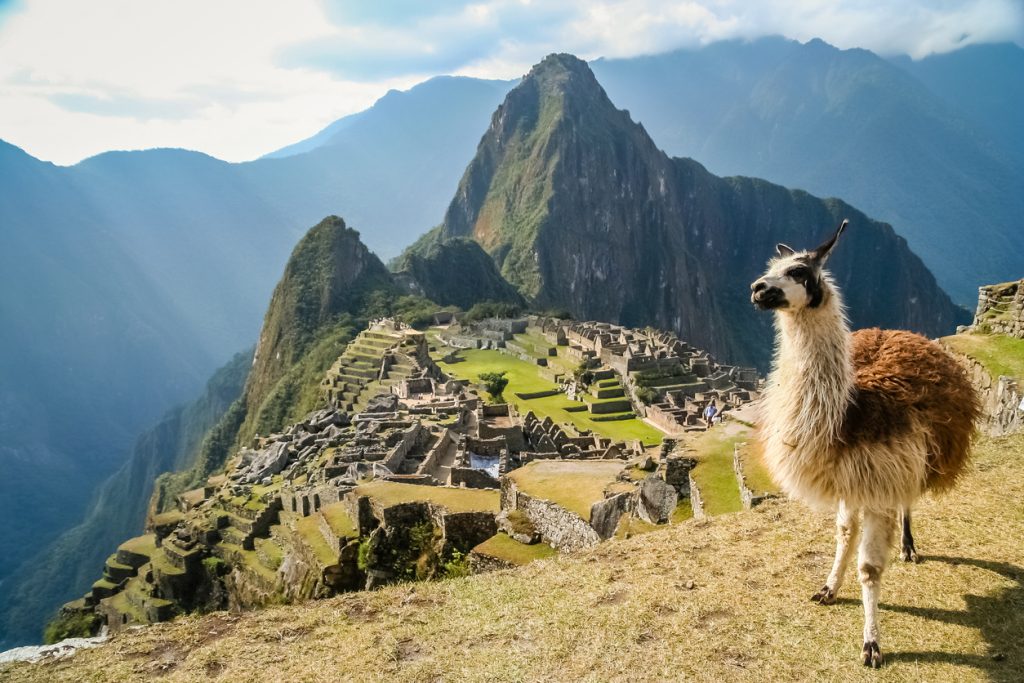
The Incas were an ancient Andean civilization that smoked pipes. They used pipes to smoke tobacco and other substances, such as coca leaves. Inca pipes were often made of clay or stone and often decorated with images of gods and animals.
The Machu Picchu pipe is one of the most famous examples of an Inca pipe. This pipe was found in the ruins of the ancient Machu Picchu and is decorated with images of the Inca sun god Inti.
Pipe Smoking in North America
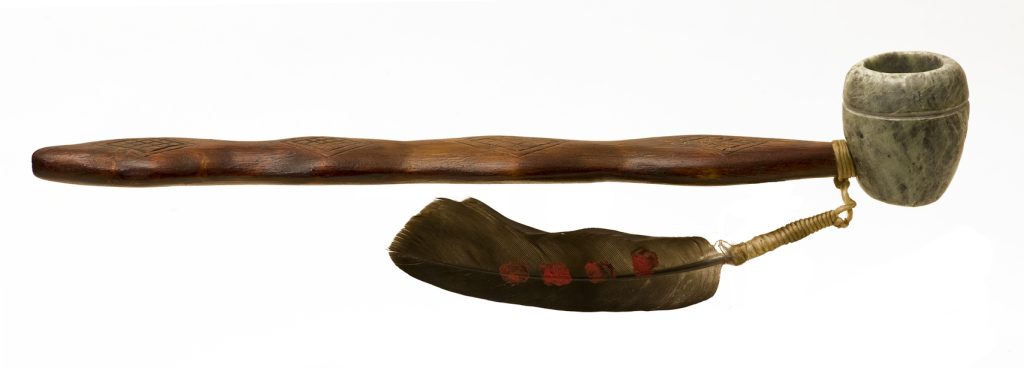
One Native American myth tells the story of a shaman who wanted to create rain because his tribe was experiencing drought. He understood that clouds and rain go together, and so, quite reasonably, he thought he could create ‘clouds’ and make it rain. We cannot be sure whether the gods granted them rain, but he did spark a worldwide love for smoking pipes and tobacco!
It is possible that the Mayans introduced tobacco and pipe smoking to the rest of the Americas. They lived in the region that makes up Mexico, Belize, Guatemala, Honduras, and El Salvador but migrated as far as the Mississippi Valley. Through their migrations, they possibly encountered other indigenous tribes, made war but also made peace.
During peace negotiations and religious ceremonies, high priests and other influential members of the tribes and clans smoked tobacco. Before Christopher Columbus reached the Americas, a complex system of beliefs and political and religious rites evolved across North America.
During the calumet ritual, the calumet or ‘peace pipe’ was passed around when treaties or agreements were agreed upon to symbolize trust and understanding. Tobacco became a central part of Native American life, used from coast to coast and south as Argentina to Canada. Tobacco was so crucial to the Blackfoot and Crow peoples that they didn’t cultivate any other crops and probably traded tobacco leaves for other goods.
Most famously, tobacco was used in the calumet ritual, when agreements and obligations would be binding by passing the ritual pipe (the calumet, or sacred pipe). Sometimes rival tribes would be at war, but in the end, when peace was reached, the calumet ritual, or peace pipe, would ensue to seal the deal.
Tobacco was an essential part of the widespread Algonquian groups of Native Americans who believed the Great Spirit Manitou was revealed when one smoked a tobacco pipe, and the smoke rose into the air. Tobacco was thus central to Native American culture, be it with the cigar in the South or the pipe in the North, and its properties were known from Canada to Argentina and from the Atlantic to the Pacific. So important was it that some native groups, such as the Blackfoot and the Crow, only cultivated the tobacco plant.
Christopher Columbus Collides with the New World’s Traditions
“The natives brought fruit, wooden spears, and certain dried leaves which gave off a distinct fragrance.” And thus, the first European mention of tobacco was penned in Columbus’s journal on 12 October 1492 when they landed on the island of San Salvador.
Columbus initially discarded the tobacco leaves, but two crew members saw the locals in Cuba a month later, ‘drinking’ the smoke from the fragrant tobacco leaves. There was not a word for ‘smoking’ yet… Rodrigo de Jerez is credited as the first European to take up smoking, but this came with a prison sentence! When he arrived home in Ayamonte in Spain, and people saw that he blew smoke from his mouth and nose, it was thought that he was the devil because only the devil could do such things. Poor Jerez spent seven years in jail.
Tobacco Becomes Medicine in the Old World
However, as time progressed and more sailors came home with tobacco and smoked it in pipes, it started to gain popularity during the sixteenth century. But tobacco was initially used as medicine and cure-all for almost any disease. Catherine de Medici, queen of France, was prescribed tobacco in the form of snuff as a cure for her migraines. The physician was Jean Nicot, after whom nicotine was named.
When Catherine sneezed after sniffing her snuff, it was said that the ‘evil spirits’ that caused her migraines were expelled. The French queen enjoyed sniffing tobacco so much that it became a full-time enjoyment, and her court picked up the habit. From Catherine’s court in France, snuff tobacco spread to the middle classes of France, Portugal, and Spain.
Jean Nicot believed tobacco to have other medicinal properties, such as heating and drying. However, not everybody was convinced, and there was much debate about the health effects of tobacco, and some people believed it was harmful.
The English king, James I, was one of the first outspoken skeptics of tobacco. He wrote a book called A Counterblaste to Tobacco, arguing that tobacco was a menace to society. He pointed out that tobacco was frequently assigned conflicting, and at times almost miraculous, properties.
Tobacco Pipes Become Popular in Europe: Meerschaum Pipes
Early Europeans knew how to smoke herbs and other substances in pipes, usually made from clay, chalk, or other substances. During the 17th and 18th centuries, there was a rapid surge in the prevalence of tobacco pipe smoking, transcending different societal layers. Lighting up a pipe became intertwined with moments of relaxation, sparking thoughtful discussions and nurturing a feeling of companionship.
Pipes, crafted from an assortment of materials such as clay, wood, and the highly prized meerschaum—a mineral renowned for its unique attributes—morphed into a means of personal expression.
In 1720 meerschaum pipes became the go-to choice for tobacco pipes. These pipes could be carved with precision and artistry, and they drew well, but unfortunately, you could also burn your fingers when holding the pipe by the bowl. So, the pipes had long stems to help the pipe smoker protect their hands and fingers. We can only think that pipe smokers rejoiced about this simple yet highly effective invention.
Other cultures also had their pipe-smoking traditions, as shown below.
Pipes in the Middle East
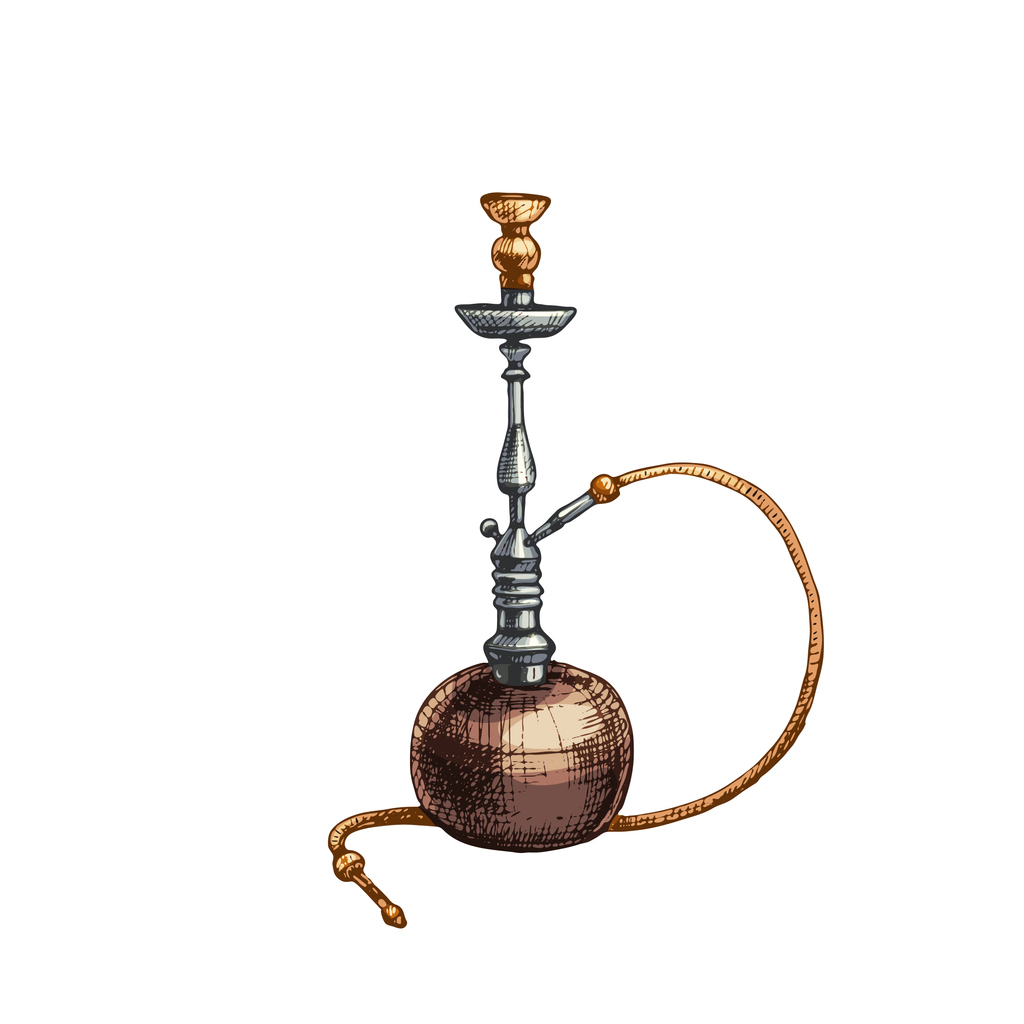
Waterpipes (modern hookahs) went from India to Persia and the Middle East during the 16th century. Initially intended for tobacco, these pipes swiftly became vehicles for cannabis flowers and hashish. With the surge of tobacco use spanning the Middle East and Northern Africa, the hashish trade flourished in a matter of decades. During the 16th and 17th centuries, hashish smoking gained momentum across Eurasia, extending from Turkey to Nepal. This trend reached its zenith during the late 19th and early 20th centuries.
Throughout the 18th century, cultivating and drying cannabis plants to produce hashish spread widely as the demand escalated due to the burgeoning Eurasian hashish trade.
Modern pipes often feature multiple tubes to accommodate several smokers. At the same time, in social centers like Istanbul, Baghdad, and Cairo, people would share the nozzle in communal smoking houses. Smoking ingrained itself into Muslim society and culture after tobacco’s introduction. It became integral to significant rituals such as weddings and funerals, intertwining with architecture, attire, literature, and poetry.
Southern Asia
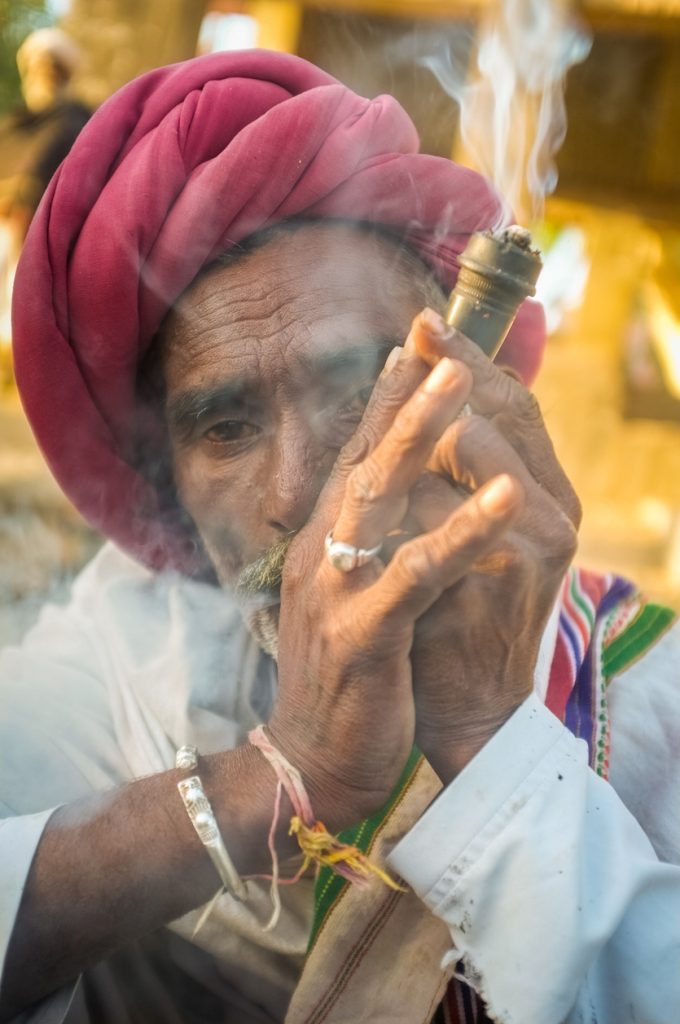
For over 3,000 years, India has harnessed cannabis smoking for its medicinal properties. Instead of using pipes or cigarettes, the original approach involved burning them in an open vessel. This method extended to substances like clarified butter, fish offal, and dried snake skins; all used as incense. Inhaling smoke was a technique applied to address diverse health issues.
In pre-modern eras, smoking was accomplished using pipes of varying stem lengths or through chillums. Presently, cannabis, known as dhumrapana, has given way to cigarette smoking. Nevertheless, fumigation (dhupa) and fire offerings (homa) persist.
A contemporary interpretation of India’s historical dhumrapana is found in beedi, a hand-rolled herbal cigarette containing ingredients like cloves, ground betel nut, and tobacco. This lineage showcases the evolution of ancient practices into modern derivatives.
Pipes in the Far East
Following the Americas’ discovery, tobacco spread to Asia through Spanish, Portuguese, Dutch, and English sailors. Spain and Portugal thrived in Central and South America, favoring cigars and cigarettes. Meanwhile, the English and Dutch adopted pipe smoking from North American natives.
Across Asia, the design of smoking pipes varies significantly, yet a common feature is the presence of relatively compact pipe bowls. This design choice is influenced by factors such as the limited availability of tobacco in many regions. Additionally, the prevalence of smoking hash and other stimulants contributes to the preference for smaller pipe bowls.
Pipes in Japan
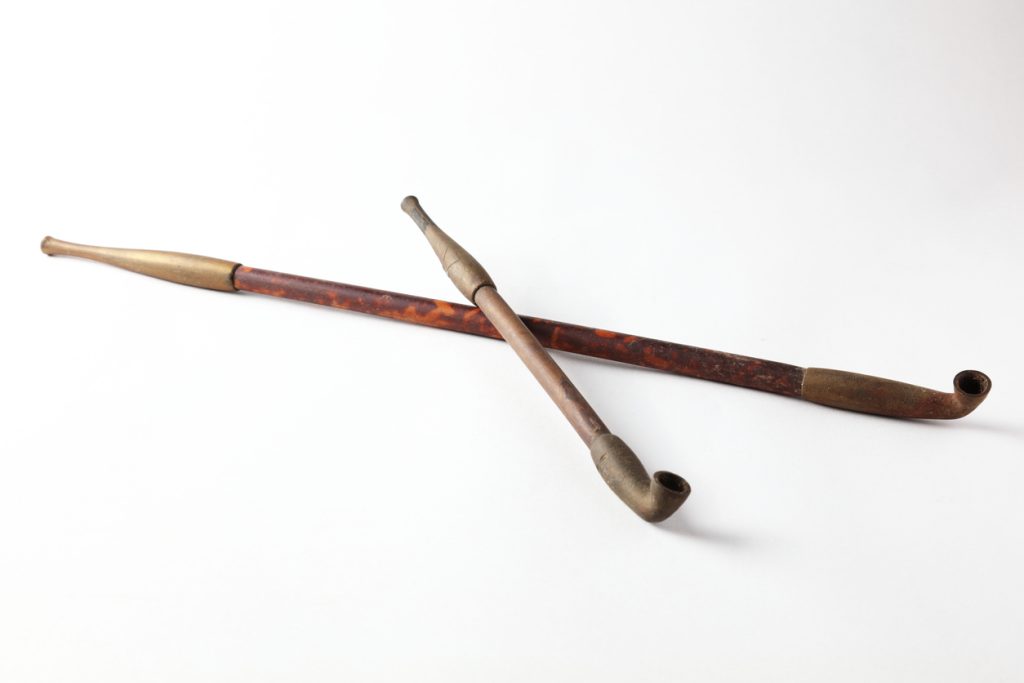
Tobacco was known in Japan by at least the 1570s through the Portuguese trade with Japan. By the early 17th century, the kiseru, a Japanese pipe modeled on Dutch clay pipes, was commonplace, appearing in children’s Buddhist textbooks. Tobacco merged with the Japanese tea ceremony and evolved alongside incense-burning objects. Finely sliced tobacco that looks like hair is smoked in a kiseru pipe.
Pipes in China

Barbara Hodgson describes the process in her book Opium: A Portrait of the Heavenly Demon: Smoking opium involves a particular process, mainly encompassing the following steps. Firstly, the spirit lamp is ignited, and the smoker positions themselves comfortably, as opium is best smoked while reclining. Subsequently, a small amount of dark opium paste, about the size of a pea, is taken. With the tip of an extended needle, the smoker holds this paste above the lamp’s flame, causing it to swell and turn a golden hue.
The sticky substance is elongated into thin strings for better “cooking,” repeating this action multiple times. Once adequately prepared, the opium is reformed into a pea-sized shape and swiftly placed into the bowl’s cavity. Positioned near the flame, the bowl exposes the opium ball to the fire, leading the smoker to inhale deeply from the pipe until the opium is fully consumed (Barbara Hodgson, p. 111). The history of opium and opium pipes is fascinating; learn more here.
The allure of pipe smoking also reached China in ancient times. Chinese culture embraced indulging in ginseng, opium, marijuana, and mugwort. Bamboo or wood often formed the base materials for Chinese pipes, adorned with meticulous carvings that reflected their artistic finesse.
Conclusion
The history of tobacco pipe smoking is a journey spanning cultures and continents. It has been linked to rituals, spirituality, social bonding, and relaxation. Ancient civilizations like the Maya, Aztecs, and Incas integrated pipe smoking into their lives, with intricate pipe designs reflecting their values. The tobacco journey from the Americas to Europe was marked by curiosity and skepticism. Meerschaum pipes in Europe, waterpipes in the Middle East, and kiseru pipes in Japan all added unique flavors to the practice. Despite changes, pipe smoking’s essence of relaxation and connection remains. It has left an indelible mark on human experience, connecting people across time and space in a shared tradition. We hope you enjoyed this brief history!

